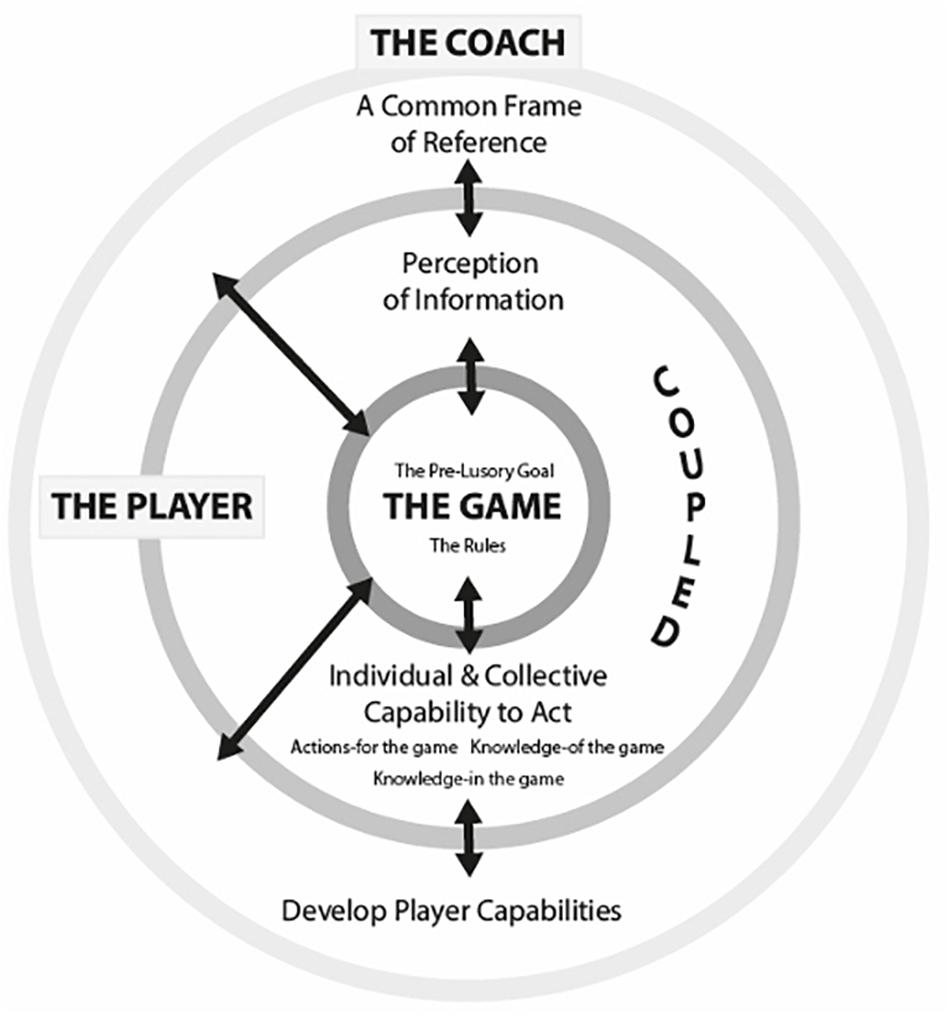
### Revealing the Brain’s “Background Noise”: Innovative Discoveries on High School Football Concussions
In a remarkable advancement, researchers have identified an elusive pattern in brain activity that occurs after concussions in high school football players. Previously regarded as trivial “background noise,” aperiodic brain activity may actually be pivotal in comprehending the effects of head injuries on the developing adolescent brain. This pioneering study, shared at the Radiological Society of North America Annual Meeting, redefines existing views on brain function after concussions, setting the stage for enhanced diagnosis and treatment.
—
### Reevaluating Brain Signals: The Emergence of Aperiodic Activity
Conventional brain research has concentrated on rhythmic signals—oscillations essential for functions like attention, movement regulation, and sensory perception. However, this investigation redirects focus to aperiodic activity, the seemingly erratic, non-rhythmic electrical signals often neglected in neuroimaging research.
“Aperiodic activity showcases the brain’s cortical excitability, which is essential for cognitive tasks like learning, memory, and even sleep,” comments Dr. Christopher T. Whitlow, a Distinguished Professor at Wake Forest University School of Medicine. Cortical excitability affects how sensitive the brain’s networks are to external stimuli, which can have substantial consequences for various neural functions.
—
### The Research: Exploring the Brains of High School Athletes
The team employed magnetoencephalography (MEG), one of the most sophisticated and sensitive brain imaging technologies, to thoroughly investigate the neural activity of 91 high school football players throughout a season. MEG detects magnetic fields produced by brain electrical activity, providing unmatched accuracy in capturing swift brain dynamics. Among the 91 athletes assessed, 10 sustained concussions.
By analyzing brain scans taken pre-season and post-season, a distinct pattern emerged: players who suffered concussions demonstrated reduced aperiodic activity in crucial brain areas. Notably, this decrease was directly linked to cognitive challenges reported by the athletes, including issues with memory, attention, and problem-solving.
—
### Linking Aperiodic Activity to Concussion Effects
The research indicated that the particular brain regions where aperiodic activity was observed to slow down also contained chemicals previously linked to concussion-related symptoms. This implies that disturbances in aperiodic brain activity might contribute to the prolonged recovery often experienced by young athletes.
“This research is groundbreaking in demonstrating the effects of concussions on the developing adolescent brain, especially in ways we haven’t previously explored,” states Dr. Alex I. Wiesman, an assistant professor at Simon Fraser University. The association between altered brain activity and real-life cognitive issues presents opportunities for creating more tailored methods for diagnosing and addressing concussions.
—
### Consequences for Youth Sports and Recovery from Concussions
A key takeaway from this research underscores the critical need to take concussions seriously, particularly in young athletes. As adolescents’ brains are still maturing, they are more susceptible to the lasting effects of head injuries when compared to adults. “Young athletes who experience concussions should receive sufficient time to recover completely before returning to sports,” warns Dr. Whitlow. Resuming activities too soon may expose players to additional brain injuries before their neural networks stabilize.
Beyond practical guidelines for player monitoring, the conclusions of this study could transform how concussions are assessed and managed. Instead of relying purely on subjective symptoms or standardized evaluations, advanced methods like MEG and comprehensive analyses of aperiodic activity could soon enable medical professionals to monitor brain recovery with unmatched precision. Furthermore, the insights gleaned may contribute to developing targeted therapies focused on reinstating healthy cortical excitability in affected brains.
—
### Why This is Important: The Future of Concussion Management
The importance of this research transcends the realm of football—it affects anyone dealing with brain injuries, from athletes to individuals harmed in accidents. By emphasizing the significance of aperiodic activity in concussion symptoms, it lays the groundwork for revisiting how we interpret “background noise” in neuroimaging studies.
Looking ahead, these findings might motivate additional investigations into aperiodic activity and its relation to neurological well-being, opening doors for advancements not only in concussion management but also in understanding conditions such as epilepsy, ADHD, and neurodegenerative diseases. For now, the message is clear: young athletes require careful treatment, and concussions should always be treated with the seriousness they deserve.
—
### Key Terminology Glossary
– **Aperiodic Activity:** The non-rhythmic, apparently random electrical signals in the brain that have been historically overlooked but are now acknowledged as vital to brain function.
– **Cortical Excitability:** An indication of how readily neurons in the brain’s outer layer (cortex) respond to stimulation, affecting cognitive and behavioral functions.
– **Magnetoencephalography (MEG):** A high-resolution imaging technique that assesses magnetic fields generated by the brain’s electrical activity, offering insights into neural dynamics.
—
### Quick Summary